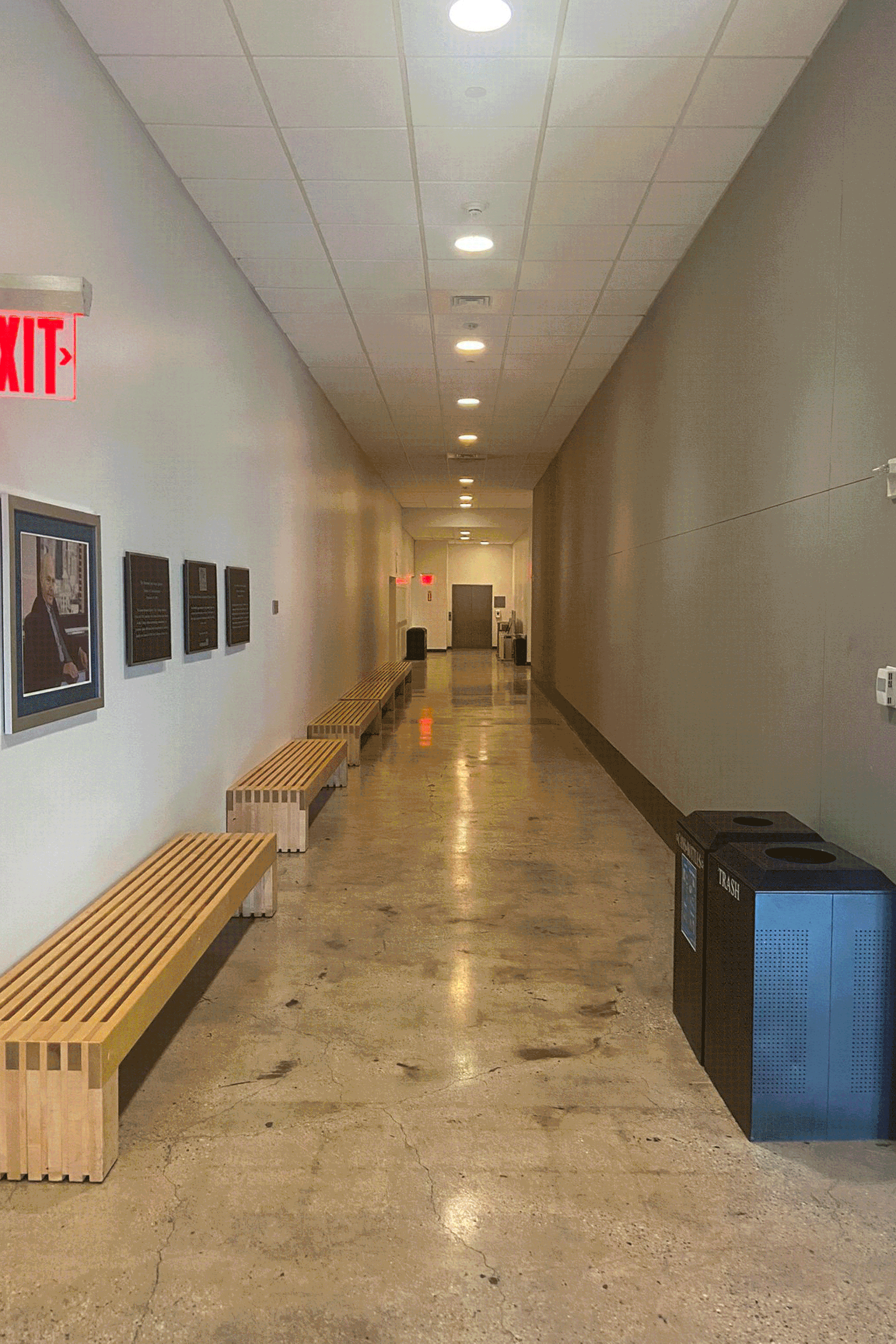While the program of the museum has changed, and what I propose may not even be regarded as having ever been the program of the museum, it ultimately seems as though my critique lies heavily in the institutional nature of the museum. In architecture, especially the museum is treated as a place where knowledge is stored and history preserved; we go there to learn and be inspired. But when the preservation doesn't do the history justice, it tends to be the case that the young students are none the wiser and continue to feed into the flaws of the archival. This leads to the bigger question of why this happens, who is in charge of laying out the exhibits, what makes them qualified to do so, and how we can fix it. Looking back to the origins of the museum chapter and the example of the Lexicon of Fashion exhibit, it becomes increasingly important to start questioning these things and focus on trying to de-monetize the museum. Unfortunately, it seems as though the only way to do so is to also de-institutionalize it.
Going beyond the issue of false narratives and money buying power, there is also an issue of the accessibility of museums to be addressed. By de-institutionalizing this structure, there is an opportunity of creating a more accomodating framework for this content to exist. That framework must be flexible and transferable, it should be interactive as a catalyst for conversation and information, and above all else, it needs to be accessible. That is why that framework is this book. While using a book as the framework for sharing information isn't groundbreaking, it's what works. A natural step in trying to learn about something new is looking for resources. Creating a resource becomes a starting point for people to learn, but that alone isn't enough. Taking it a step further, at the end of every chapter is a QR code linked to the same text alongside accompanying visuals, videos, and additional references for more information. 63.3% of internet users between the age of 16 and 64 primarily use the internet to find information. (Inc., H. (n.d.), 2021) Having the work extended onto the internet allows for increased accessibility and a means of constantly updating, avoiding the static nature of just text.
Theorist Neil Fleming coined VARK -visual, auditory, reading/writing preference, and kinesthetic- as a model for learning. Visual learners process and retain information more effectively when information is presented graphically through charts, graphs, and diagrams. While delivering information to auditory learners in a vocal format is most effective, the best way for reading/writing students to learn is to read books and articles, take notes, etc. On the other hand, Kinesthetic learners prefer to learn by doing and are the most hands-on. When incorporating movement and touching and interacting with the content they're learning, they retain more information. Catering to the four learning categories, verbal learners have the text and various supplementary resources to sort through at their own pace. Visual and auditory learners have the curated videos and diagrams in each chapter to reference.
The format of all the content is intended to appeal to the seven different learning styles. The VARK model can be broken down even further to include visual, auditory, verbal, physical, logical, social, and solitary learning. The book and website are also converted into various workshops to cater to all learning types. Verbal learners enjoy words and writing. Whether through the traditional sense of reading and writing, there is also playing with words and mnemonic devices as a means to absorb knowledge. Logical learners can easily spot patterns and make connections between concepts. They tend to categorize thoughts to comprehend them. Social learners have excellent verbal and nonverbal communication skills and are characterized by sensitivity and empathy. They tend to thrive off of interpersonal connections. Verbal, logical, and social learners can interact through group conversation circles that alternate between speakers and listeners. When you are inside the circle, it's your turn to be a part of the conversation, and when seated outside, you listen in and absorb. After a set of five, ten, and then fifteen-minute groups, the inside and outside members of the circle switch.
Physical learners are hands-on and prefer to do the task themselves rather than seeing a demonstration or listening to instructions. The workshop catered to them is mapping the country's geography with puzzle pieces with trivia on the back. Intrapersonal learners prefer to be alone. When you think of this sort of learner, you could picture an author or researcher who spends a lot of time alone with their thoughts and works best in a quiet environment. They will be provided clipboards, pens, and paper to formulate their thoughts and add to the wall or conversation as they see fit. While the different workshops are meant to cater to all learning types, they are interchangeable and open to everyone. You are encouraged to move from one to another even if passively taking part.

The "new" museum
